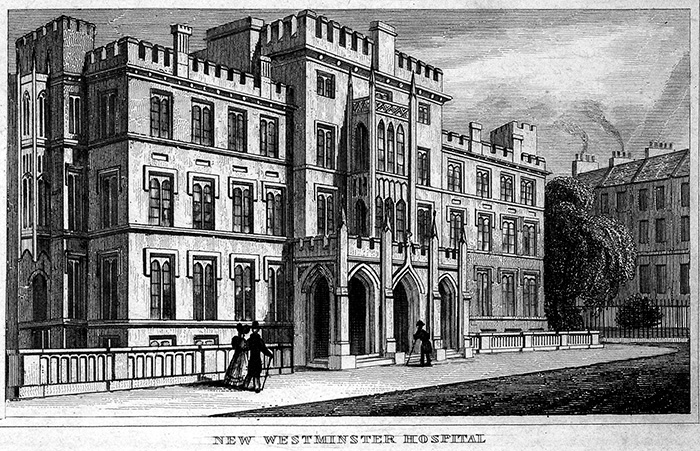A short history
On 10 January 2021, the seventy-fifth anniversary to the day that the opening session of the General Assembly of the United Nations was held in Methodist Central Hall, Broad Sanctuary Green was renamed United Nations Green. The green space was created in 1986 as part of the development incorporating the adjacent Queen Elizabeth II Centre and named Broad Sanctuary Green. The short roadway linking Victoria Street and Parliament Square is known as Broad Sanctuary, recalling the sanctuary or precinct to the north and west of Westminster Abbey, in which refugees were protected from the civil power by the sacred character of the Abbey. The gatehouse and prison, in which Richard Lovelace (died 1658) composed 'To Althea from Prison,' stood at the beginning of Tothill Street. Near it was the Almonry where the monastic alms were distributed. William Caxton (died 1491), the first English printer, had his printing-press at a house known as the 'Red Pale' in the Almonry.
King Edward V was born in the Sanctuary in 1470 and his mother, widow of Edward IV, and his younger brother again sought safety here in 1483. Many found the protection of the place convenient but the privilege of sanctuary gradually came to be abused. Queen Elizabeth restricted it to the case of debtors and it was finally abolished by James I.

Westminster Hospital, founded in 1719, opened on the site in 1834. A private Westminster School of Medicine was started and in 1841 was incorporated as an official medical school attached to the hospital which continued in use on the site until 1939 when it moved to a newly built hospital and medical school in Horseferry Road, Westminster. In 1994 this closed and its resources were moved to the new Chelsea and Westminster Hospital at the old St Stephen's Hospital site in Fulham Road. The building remained near Westminster Abbey for 116 years. Now at the historical location sits the Queen Elizabeth II Conference Centre.

